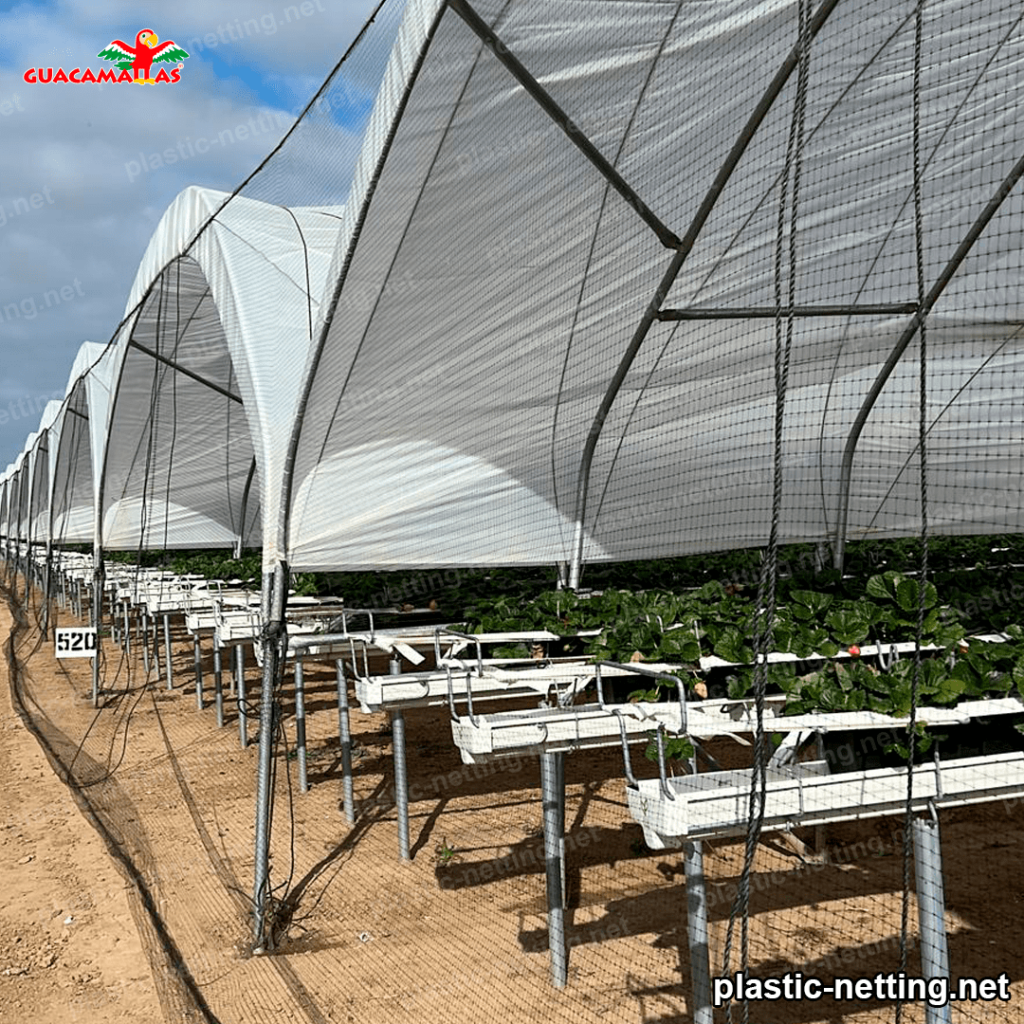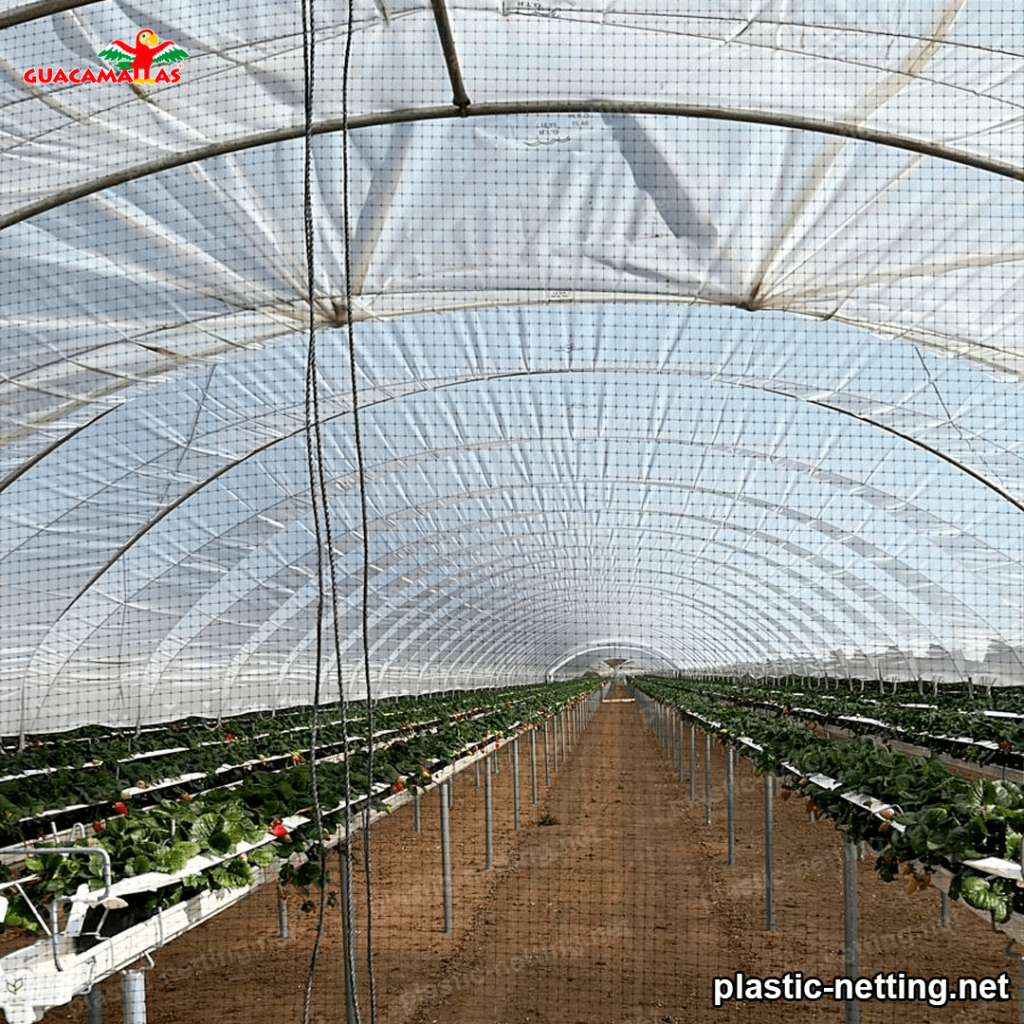Plastic netting has gained an important place in the industry with the increasing demand for outdoor products.
From specialized uses such as food production protection and home construction to garden decoration, users have many types of netting to choose from. Here’s a detailed look at some of the most popular types of plastic netting on the market today.
Let’s start with one of the most popular materials for making plastic netting: polyethylene. These meshes are durable and weather resistant, while being easy and inexpensive to produce. These nets vary in structure, from the softest to the most refined and the densest. These soft nets are useful for a variety of applications, from creating plastic barriers, billboards, and containment barriers to landscaping protection.
Polypropylene plastic netting is even more durable than polyethylene. Outsourcing these nets adds to the convenience. They typically consist of a single layer of polymer, offering greater strength than polyethylene. Specifically designed to endure various harsh environments, these meshes serve as an ideal option for indoor construction projects requiring sturdier netting.
ABS, or acrylonitrile butadiene styrene, is one of the most flexible materials for making netting. These meshes are use in everything from domestic to professional applications. These meshes are excellent at resisting impact, twisting and tension. These meshes are suitable for use in projects that require higher mechanical strength and superior shock absorption capacity.
One of the most popular materials for making plastic netting is PVC, also known as polyvinyl chloride.

These nets are often reinforced with additional protection to prevent animals from chewing through the netting and to provide additional weather resistance.
Nylon is also one of the materials use to make plastic netting. These nets are also corrosion resistant and virtually indestructible. These nets are also excellent for restoration work and are suitable for industrial and commercial uses.
And finally, fiberglass plastic nets are another widely use material. These meshes are very versatile and can be use virtually anywhere. These nets are durable and have a great power of resistance. These screens are also easy to install, maintain and clean. This type of netting is a better option for scenarios like protection of cyclists, construction sites, skiing, extreme sports and many more.
However, there are many types of plastic netting on the market to choose from. These types can be designed for different applications and today there are many materials to offer. Polyethylene, polypropylene, ABS, PVC, nylon and fiberglass are some of the most common. Users should be aware of the materials and characteristics so that they can pick the right screen for their needs.
Plastic nets in agriculture
Plastic netting has become one of the most important elements for agricultural activities. The use of plastic nets in the field is increasing every day as a result of their high resistance and the wide variety of possible uses. Plastic nets are use in agriculture for a wide variety of purposes.
Initially we should note that the plasticity of netting allows it to adapt to the most irregular terrain, which makes it ideal for protected cultivation.
This means that a farmer can better control the microclimate where crops are harvested, which in turn can increase production in terms of crop quality and quantity. Plastic netting is available in various forms, such as plain, diamond, cylindrical or with special patterns or specific perforations to allow light, ventilation and moisture to enter.
They are also use for floor covering. Mulching is useful for modern agriculture because it helps preserve moisture in the soil as well as slow evaporation. Mulching also reduces weed collection and limits direct contact of the soil with UV rays, while providing good drainage. The particular needs of each crop will determine the most appropriate type of ground cover. Plastic netting is widely recognized as a popular choice for ground cover. Typically installed before planting, these nets shield the underlying soil from weed growth while enabling the passage of nutrients and oxygen.
In addition, they provide structure and stability to the plants in a given field. This allows them to obtain more production both in open crops and in greenhouses. Plastic netting used as supports produces a greater amount of fruit, and the fruit tends to have a better size, shape and flavor. This results in a higher crop yield.
An additional practical use of plastic netting is its use as signage to delimit isolated areas of the field. These signs are use to identify different crops on a farm, as well as to keep farm animals away from crops. The signs also prevent the spread of diseases from animals to crops by reducing direct contact.

They are also used for packaging and storage on farms.
Plastic nets are use to package vegetables, fruits and vegetables and ensure their delivery in the best condition to consumers. This is very important to maintain quality and food safety.
Plastic netting provides a wide variety of uses for agriculture. This represents a great advantage for farmers, as it allows them to obtain higher yields as quickly as possible. On the other hand, the use of plastic netting in agriculture provides a safer environment for crops, which will improve the quality of farmers’ food products, and allow them to obtain a better yield in their production.